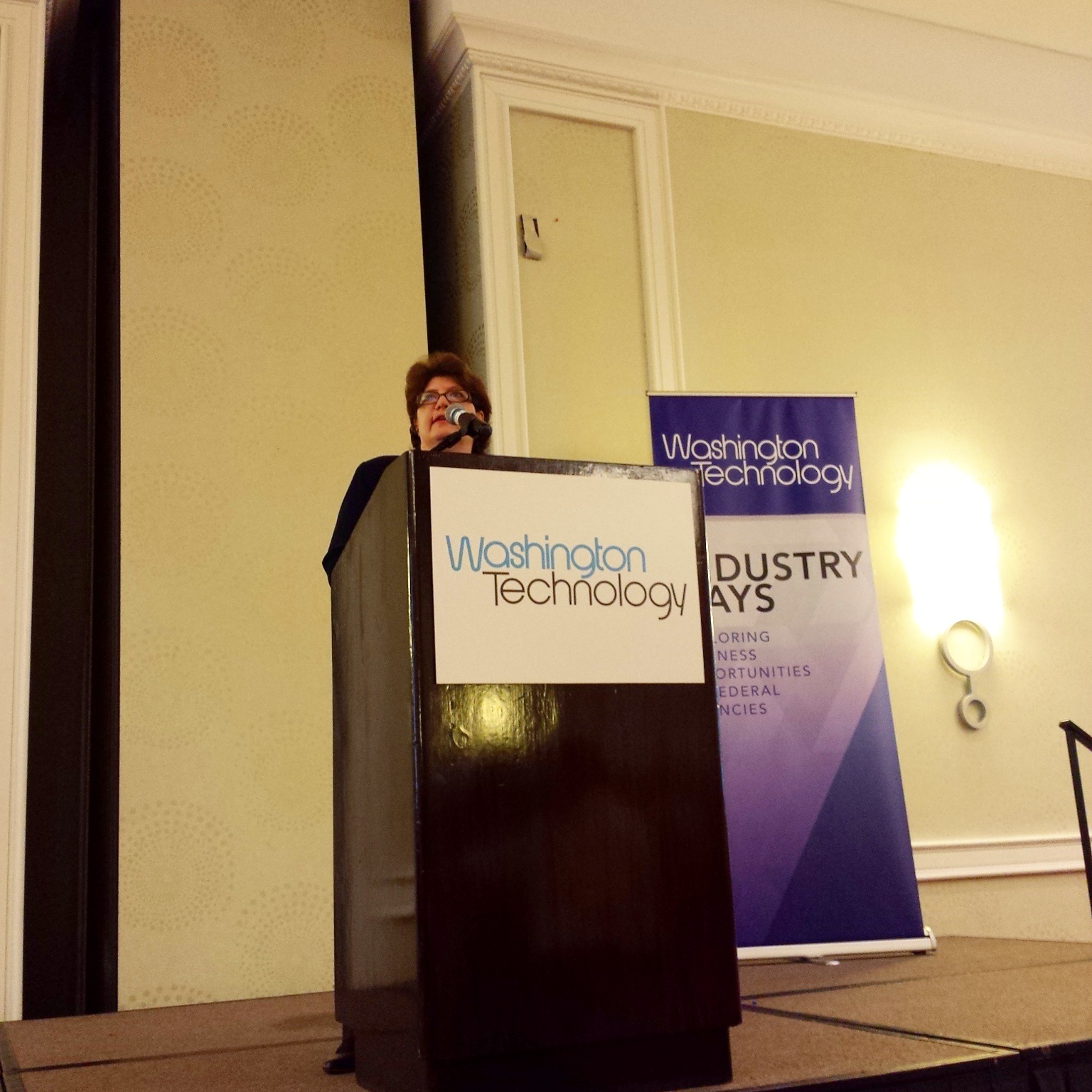Inside the IT opportunities at HHS
In the third of our series of Washington Technology Industry Days, we take deep dive into the IT priorities, opportunities and procurement culture of the Health and Human Services Department.
In the third of our series of Washington Technology Industry Days, we take deep dive into the IT priorities, opportunities and procurement culture of the Health and Human Services Department.
We had representatives from some of HHS’ major bureaus, and each government executive emphasized a desire to partner effectively with contractors and highlighted opportunities for contractors to keep their eyes on in the near future.
Our next industry day will focus on emerging technologies and will take place on Sept. 15.
HHS OPENING REMARKS
Beth Ann Killoran, deputy acting chief information officer, Department of Health and Human Services
Killoran stressed the power of technology to enable HHS' mission. “As we know, the digital revolution is gaining ground, and HHS wants to be at the foreground of those advances in technology,” she said.
In general, HHS will be trying to get technologies that are improving capabilities and prolonging and enhancing the lives of patients. As an aside, Killoran held up a FitBit device which is worn on the wrist and measures various vitals, allowing for that information to be transferred to a health care practitioner.

But HHS will also be focusing a number of other areas, Killoran said. "Cybersecurity is one of the main initiatives at the secretary levels that we plan on not only embracing but really strengthening."
Targeted attacks are being made by hackers to obtain the health records of victims, she added, so HHS is taking this threat seriously and working with both providers and the Homeland Security Department to improve cybersecurity department-wide.
In the coming years, HHS will also be focused on high performance computing -- which Killoran said will allow the department to move large amounts of health data around -- platform revolution, and patient-centric visualization. High-performance computing will play a critical role in customizing medicine to the individual patient and creating more effective treatments, she said.
CMS OVERVIEW
David Nelson, deputy chief operative officer and chief information officer and director, Office of Enterprise Information, Office of the Administrator, Center for Medicare & Medicaid Services
Nelson began with some facts about CMS, saying that the agency has the second largest budget in the federal government. “Fifty three cents of every health care dollar is spent on federal health care, Nelson said.
The agency is the largest producer of health care in the world and maintains the world’s largest data collection efforts.

CMS awarded $7.3 billion in 2014, $2.1 billion in grants, and $718 million in interagency agreements.
Nelson went over a number of contracting “buckets” that companies can keep in mind when doing business with CMS:
-
Claims processing
-
Beneficiary outreach
-
Information technology
-
Quality health care
-
Integrity, fraud, waste
-
Medicaid
-
Insurance marketplace
-
Research and demonstration
Nelson also mentioned a big contract vehicle known as SPARC, a 10-year $25 billion contract. The solicitatin was released Aug. 3, and proposals are due Sept. 17. The award is expected in August 2016, Nelson said.
The contract will allow for multiple different types of task orders, Nelson said, including fixed-price, cost reimbursement, time and material, and others.
NIH OVERVIEW
Natalie Melomed, lead contracting officer on CIO-SP3 and CIO-SP3 Small Business, the NIH Information Technology Acquisition and Assessment Center.
Melomed touched on the CIO-CS contract, commenting that many compare the contract to NASA’s SEWP contract; however, CIO-CS also allows the procurement of items and services in addition to just commodities, she said.
Melomed also told contractors to eventually be on the lookout for an on ramp for CIO-SP3 Small Business in fiscal 2016. “Not until the next fiscal year, and not necessarily the calendar year,” she said, indicating that the solicitation for the on ramp might be released before the end of this calendar year.
In the small business area, the on-ramp will be focused more shoring up certain categories of small business such as HUBZone businesses, where NIH doesn't feel it has enough companies on the contract.